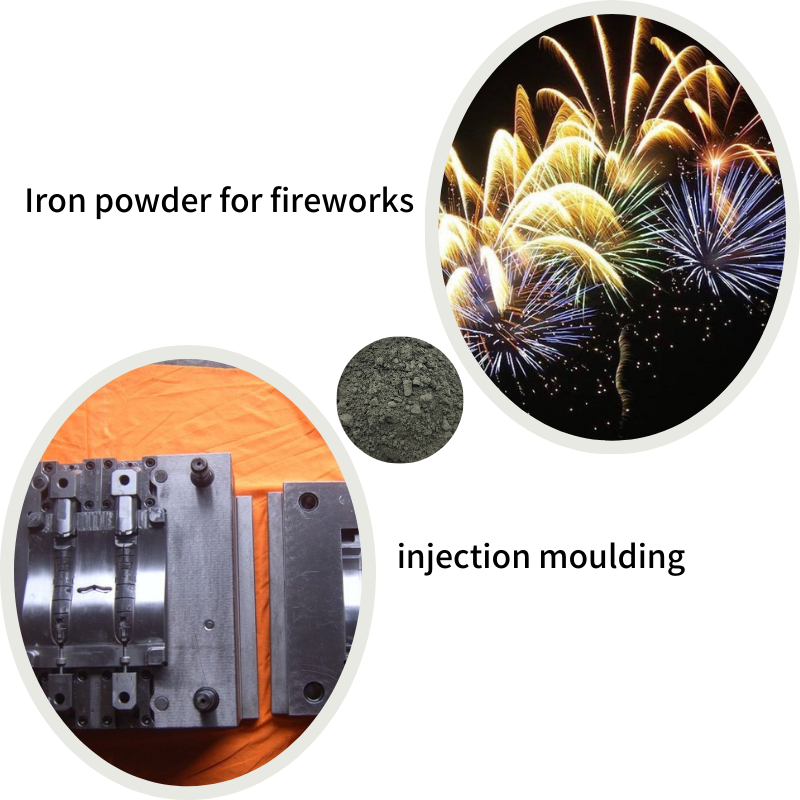
Innovative Road Marking Techniques Utilizing Glass Beads for Enhanced Visibility and Safety
The Innovative Use of Glass Beads in Road Paint
In recent years, the transportation industry has witnessed significant advancements aimed at improving road safety and visibility. One such innovation is the incorporation of glass beads into road paint, a development that enhances the effectiveness and durability of road markings. Glass beads, tiny spheres made from high-quality glass, have transformed the way we approach traffic management and road safety.
Glass beads have been used in various applications for decades, but their integration into road paint has proven particularly beneficial. The primary function of these beads in road markings is to improve retroreflection, which is the ability of a surface to return light to its source. When headlights from vehicles illuminate road markings containing glass beads, the beads reflect the light back toward the driver, significantly enhancing visibility at night and during adverse weather conditions such as rain or fog.
The Innovative Use of Glass Beads in Road Paint
Moreover, the incorporation of glass beads into road paint makes the markings more durable. The beads create a rough surface that helps to maintain the paint's integrity over time. Unlike traditional paints that may fade or wear away under harsh weather conditions or heavy traffic, road markings containing glass beads are more resistant to wear and tear. This durability translates to lower maintenance costs for municipalities and better-maintained road infrastructure.
glass beads road paint

Additionally, the use of glass beads in road paint is environmentally friendly. Many glass beads are made from recycled glass, contributing to sustainability efforts. The production of traditional paint materials can be harmful to the environment; however, utilizing recycled materials mitigates some of these impacts. This innovation not only enhances road safety but also aligns with global sustainability goals.
In terms of application, the use of glass beads in road paint is relatively straightforward. The beads can be mixed with various types of road marking paint, or they can be applied as a topcoat over existing markings. Upon application, the beads become embedded in the paint, allowing them to reflect light effectively. The process can be done quickly, minimizing disruption to traffic and ensuring that road safety is maintained.
As urban areas continue to grow and the number of vehicles on the roads increases, the need for effective road safety measures becomes more pressing. The integration of glass beads into road paint represents a proactive approach to addressing this challenge. By improving visibility and durability, enhancing safety, and promoting sustainability, glass beads have become an indispensable element in modern road marking systems.
In conclusion, the use of glass beads in road paint is a remarkable advancement that combines safety, durability, and environmental responsibility. This innovative solution is essential for adapting to the complex demands of contemporary transportation networks. As cities continue to evolve and face new challenges, the adoption of such technologies will play a pivotal role in ensuring safer roads for all users. The future of traffic management looks promising with the ongoing development and implementation of glass bead road paint, solidifying its place as a vital component of road infrastructure.
Share
-
Premium Resin Coated Sand - High Heat Resistance CastingNewsJul.31,2025
-
High Quality Silicon Carbide Grit for Abrasive ApplicationsNewsJul.30,2025
-
High-Quality Ceramsite for Plants & Gardening | Lightweight PebblesNewsJul.29,2025
-
Premium Burgundy Glass Marbles for Vases & Shooter GamesNewsJul.29,2025
-
High Purity Quartz Sand for Industrial and Ground ApplicationsNewsJul.29,2025
-
High-Quality Barite Powder for Drilling & Industrial UseNewsJul.29,2025






